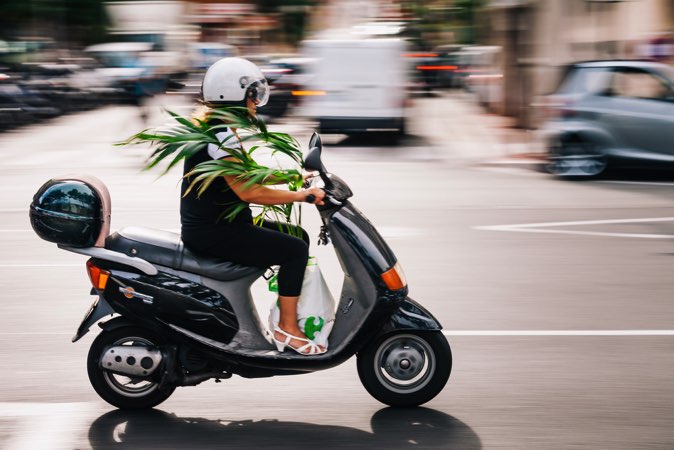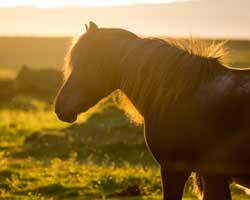Have you ever seen those animated, dynamic photographs of a crystal-clear subject in motion- say a car zooming down a busy street- with a nicely blurred background behind said moving object? Panning is the technique employed when capturing this unique look, and it’s actually a surprisingly simple one to master.
If this sounds like a compositional trick you’d like to try, here are a few simple guidelines we recommend you adhere getting started.
Panning Photography Tips- Use Shutter Priority Mode
This is one of the simplest adjustments you can make to ensure the best results when capturing this specific type of shot (clear moving subject, nicely blurred background).
This super-helpful preset mode seamlessly allows you to toggle the shutter speed, while your camera automatically corresponds the best aperture and ISO values in order to accommodate whatever lighting conditions you’re working with.
- Slow Shutter Speed
As just mentioned in the first time, shutter speed is really what you as the artist are going to playing around with here while you experiment with the proper look you’re going for. Most generally, if what you’re trying to do is keep the moving subject as sharp as possible while maintaining an element of blurry motion in the background, you need to keep a slow shutter speed in order to keep that shutter open for a decent amount of time.
Start with something between 1/30th and 1/125th. Play around until you capture results you’re happy with.
- Work With a Tripod
This is a crucial piece of equipment to utilize any time you’re working with slow shutter speeds. Because your camera’s shutter will be open for a longer period of time, any (even very slight) jostling of your hand will be picked up in your image. Absolute camera stillness is crucial here when it comes to capturing the best results. So work with a tripod to minimize this risk.
Learn how to use your digital camera like a pro.







